

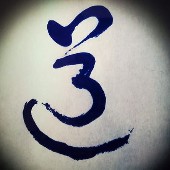
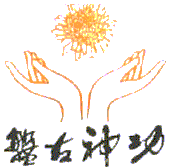

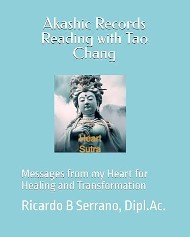
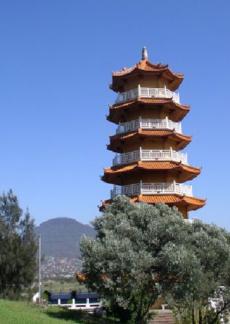
| "The deeper you explore the history of Qigong in search of its roots, the more apparent it becomes that all of these teachings emerged originally from the vast pool of pre-historic Shamanic practices." |
My Perspective on the History of Qigong
by Lama Somananda Tantrapa
Qigong, an ancient energy art integrating Qi (or Chi - energy awareness) and Gong (or Kung - the practice of mastering it), is a system of self-realization that has been practiced for over five thousand years. Its numerous styles and schools developed mostly along the lines of different philosophical and spiritual traditions in the pursuit of embodiment of their respective teachings. The deeper you explore the history of Qigong in search of its roots, the more apparent it becomes that all of these teachings emerged originally from the vast pool of pre-historic Shamanic practices. Most Qigong styles were organized by and for the followers of one belief system or another in ancient China, Tibet, Mongolia and Korea. Following the establishment of the main Eastern schools of thought about twenty five hundred years ago, Qigong eventually developed six distinctive branches: Daoist, Buddhist, Tantric, Therapeutic, Wushu (martial arts), and Kung Fu Tze (Confucian Qigong). Each of them developed their teachings and methods of training following the steps of their respective founders. The history of some traditions can be traced back to particular individuals who originated their schools of thought, oftentimes even unbeknown to themselves. As Jesus Christ was not a Christian and Buddha Shakyamuni was not a Buddhist, so most original masters of Yoga and Qigong had no idea that their disciples would institutionalize their personal practices of self-realization. The masters simply followed their own inner guidance as to how to be in the flow of things in this magical world. With time, a lot of people perceived those masters as great examples of living in the flow. The consequent generations of students, however, grew further and further apart from the roots of their respective traditions by institutionalizing them. The experiential and playful approach of the Shamans of antiquity was gradually replaced by more institutionalized education due to the lack of imagination and creativity exhibited by the generations of students who preferred to learn from instructions, rather than from nature. Instead of paying attention to the essence of the master's practices, most students could only pay enough attention to the forms of movements and poses. Thus the proliferation of sectarian forms of energy work and wellness systems based on their respective ideas about which form is "right" or "correct." About 2,500 years ago, Chinese philosopher Lao Tze presumably wrote Dao De Jing, which brought together many pieces of ancient Oriental wisdom and formed the foundation of Daoism. The adherents of that teaching formulated Daoist Qigong dedicated to attainment of great longevity and, supposedly, immortality. Around the same period of time, the followers of the famous Chinese philosopher Kung Fu Tze, also known as Confucius, created Confucian Qigong mainly concerned with mentoring outstanding citizens and guiding them in creating a harmonious society. At the same time in India, Buddha Shakyamuni taught his teachings to thousands of devoted disciples, who eventually started practicing Buddhist Qigong to achieve spiritual awakening or nirvana (my teachings of Dream Yoga fall under this rubric). Adepts of Tantra, a mystical sect of Hinduism that spread via the Himalayas into Tibet, eventually came up with Tantric Qigong dedicated to enlightenment through the means of enlightening personal and transpersonal relationships. Therapeutic Qigong, a corner stone of Oriental Medicine, is mostly concerned with health and holistic healing. Martial arts or Wushu Qigong, as the name implies, is dedicated to effective self-defense and protection of others. Nowadays, many Qigong styles are still confined within the parameters of their respective doctrines, while others integrate some aspects of two or more branches of Qigong. For example, Buddhist monks from the Shaolin Temple are known for both martial arts prowess and competence in Buddhist Qigong. Many Daoist Qigong masters are also great healers and/or martial artists. In fact, Taiji Quan is an offspring of Daoist martial arts. By the same token, Tantra is a major part of Buddhist tradition in Tibet and Mongolia where lamas (both Buddhist and Shamanic spiritual teachers) often integrate Tantric and Buddhist Qigong practices. There is a living tradition; however, that does not merely try to reach for the fruits on the ends of the branches of the "Qigong tree," but rather goes back to the Shamanic roots of the entire tree and empowers its practitioners to stay true to the original universality of the art. Its practice allows advancing to high levels of achievement in all six applications of Qigong as a result of integrating the power and wisdom of the six branches into one. This non-sectarian tradition of Qi Dao - Tibetan Shamanic Qigong - has been preserved throughout the centuries by many generations of masters who explored numerous possible applications of energy awareness in all spheres of life, from fighting to healing and sexual energy arts.
Our system has been known under several different names, depending on the culture and language of the person you speak to. In Tibetan, it may be referred to as Trul Khor, but in the States, I prefer to use the Chinese name Qi Dao, due to the issues with Tibetan pronunciation (which really sounds like "true whore"). It originated from an ancient Shamanic tradition called Bon that existed for many millennia prior to the introduction of Buddhism in Tibet by Padmasambhava. Historically, Tibetan culture did not exist in as much isolation as many Westerners seem to think. Both Indian and Chinese influences have been very strong in Tibet for centuries; without them there would be no Tibetan Buddhism as such. Over the centuries, Qi Dao developed into a refined distillation of the ancient Bon traditions, Indian yogic practice and Chinese energy arts. It has many similarities with a number of other systems such as Tummo, Yantra Yoga and Tai Chi Chuan. The Mongols, who are culturally close to the Tibetans, disseminate Bon througout Asia when Genghis Khan and his descendants created the largest empire in the human history. As all empires eventually collapse, the Mongol Empire also fell apart 300 years later, and different parts of it became primarily Christian (Russia), Muslim (Central Asia), Hindu (India), Buddhist (Tibet and Mongolia) or Daoist/ Buddhist/ Confucian (China). Siberia ended up as the only part of the vast empire where the Siberian Shamanism smoothly blended with the Tibetan/ Mongolian traditions and survived to the present day.
About the author
Lama Tantrapa authored the book and DVD entitled "Qi Dao - Tibetan Shamanic Qigong: The Art of Being in the Flow." Being an avid speaker and presenter, he appeared on many radio and TV programs in the US, Guam and abroad. He currently serves on the NQA Board of Directors. For more information about Qi Dao Coaching, workshops, retreats, and long-distance learning opportunities, visit www.qidao.org.
EDITOR's NOTE: "How can learning the Qi Dao principles change the way I live my life?" If you live in a modern society, you are likely to be exposed to so much stress and artificial stimulation that you may feel disconnected from your body, a condition often referred to as "being stuck in the head." This can restrict the flow of Qi and limit your availability to life. Being out of synch with the flow of things in your life may even manifest as depression, disease, or chronic pain. The more disconnected you are, the more discomfort you may experience. See Awakening the Soul Qi Dao empowers its practitioners to master being in the flow through the practice of its spontaneous Tibetan Shamanic Qigong, a formless Qigong. See Enlightenment Qigong for Returning to Oneness
According to Lama Tantrapa, "As numerous experiments undeniably demonstrate, tension impedes the flow of Qi and creates energy blockages that lead to energy deficiency in the affected areas of the body. The disempowered parts of the body include not only the weakened muscles and restricted joints; blood and lymph circulation are also restricted by chronic tension, which affects many internal organs and systems of the body. Any holding pattern can create chronic pain and discomfort, limiting range of motion and restricting energy flow throughout the organism. "An unrestricted flow of energy will promote natural healing and integration of your body-mind and spirit. Integrating formerly disconnected parts of you is like helping them manifest their own dreams of health and happiness. Let me reiterate a Qi Dao truism once again, "The more you help all the different parts of your being manifest their dreams, the more they will help manifest yours"." See Personal Freedom and Being in the Flow and Why Practice Tibetan Shamanic Qigong (Qi Dao)?
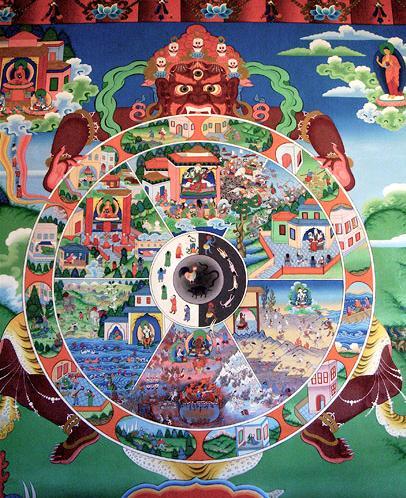 Bhavachakra: Wheel of Life or Six Realms of Existence (Wheel of Becoming) and Enlightenment Qigong

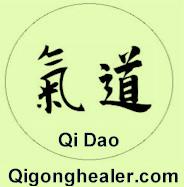

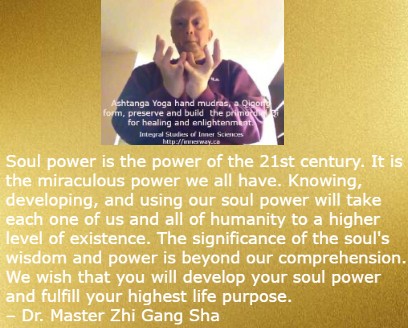 Soul power is developed and used by Tao Healing Hands Practitioner 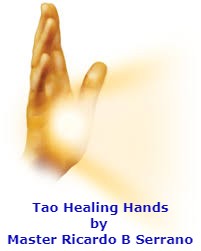

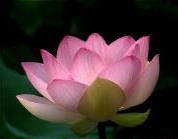 Qigonghealer.com
Meditation and Qigong books and DVDs on Functional Medicine Akashic Records Reading with Tao Chang book at https://www.amazon.com/dp/0988050285 Six Healing Qigong sounds book at https://www.amazon.com/dp/0988050269 The Meditation and Qigong Mastery book at https://www.amazon.com/dp/0987781901 Return to Oneness with the Tao book at https://www.amazon.com/dp/0987781960 Return to Oneness with Spirit through Pan Gu Shen Gong book at https://www.amazon.com/dp/0987781979 Keys to Healing and Self-Mastery according to the Hathors book at Return to Oneness with Shiva book at Oneness with Shiva book at The Cure & Cause of Cancer book at
To order the Maitreya (Shiva) Shen Gong & Omkabah Heart Lightbody Activation DVDs with shipping, cost $60, with a 2-page Healing Conscious Mind Encodements (pdf) enclosedplease click the Paypal button below:
  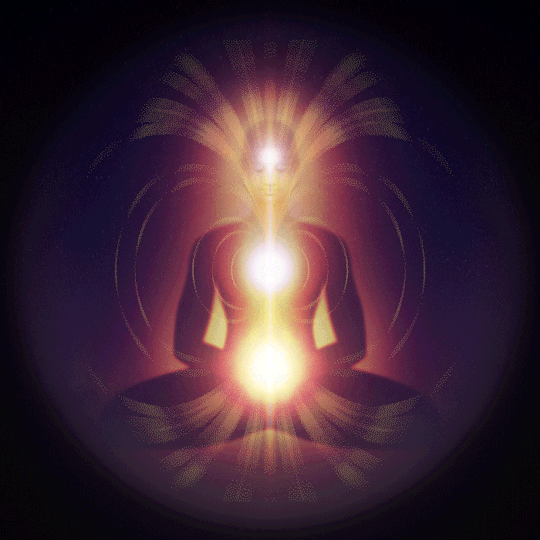   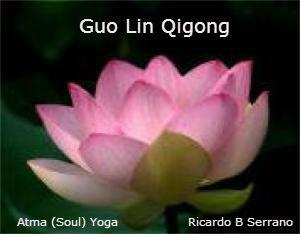 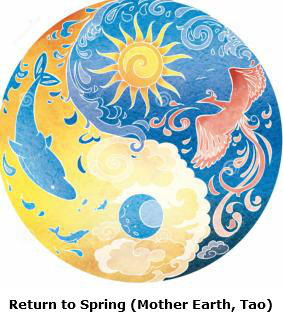 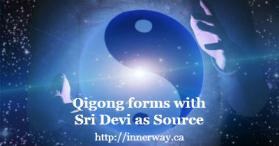 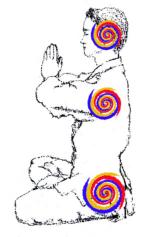  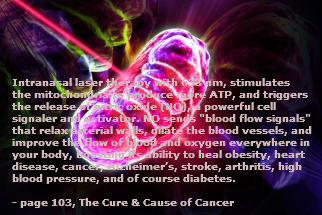  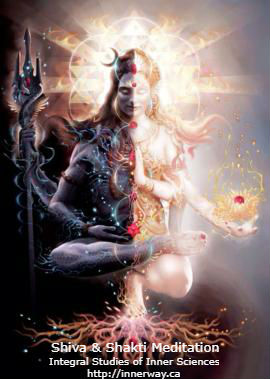 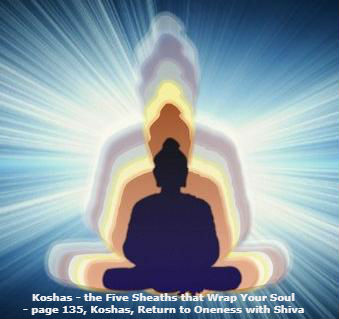 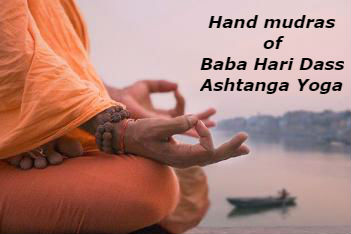 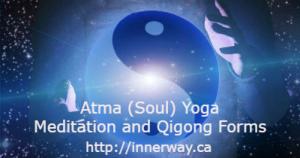


 
 
 Contact Qiwithoutborders.org Blog Contact Us Updated June 15, 2009 by  |